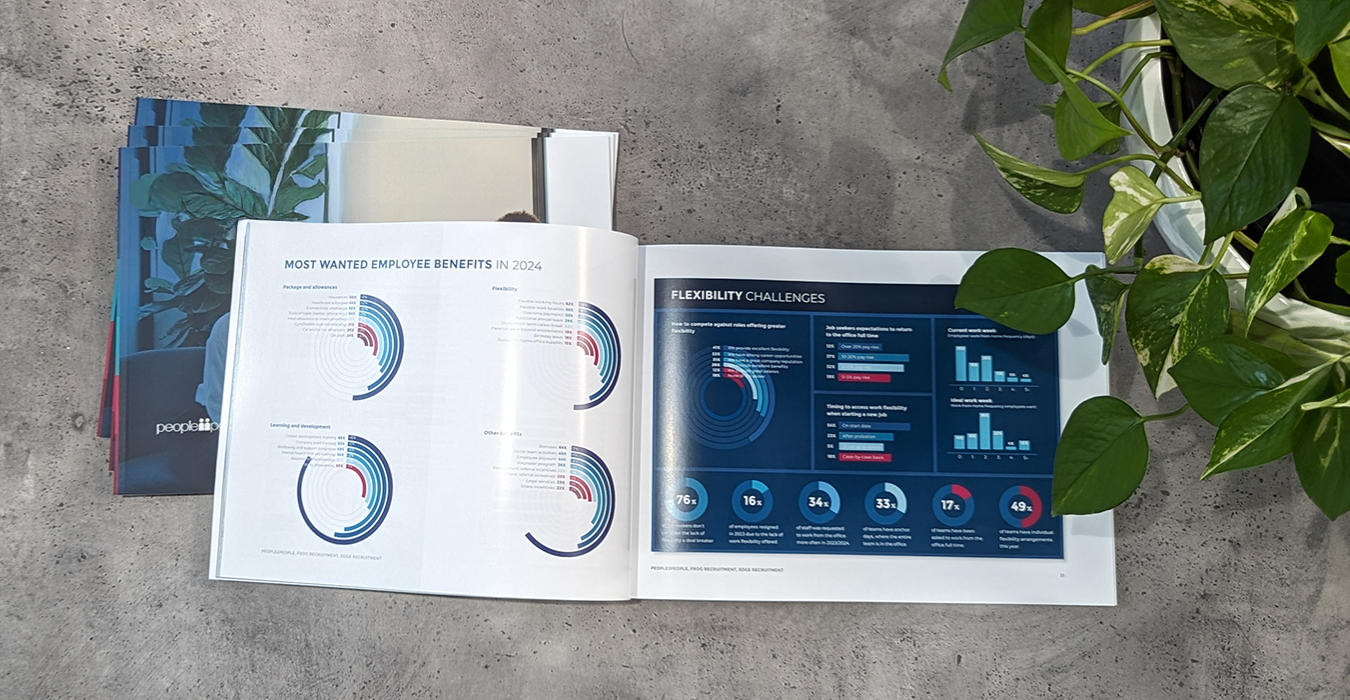Employee Relations Manager - Hire or get hired
Your guide to the Employee Relations Manager Role: Salary & hiring tips
Recruiting an Employee Relations Manager or looking for your next Employee Relations Manager job?
As a specialist recruitment agency in Human Resources, we work with top Employee Relations Managers and senior HR leaders across Australia, New Zealand, and the UK. Whether you're looking to hire a permanent Employee Relations Manager or need a contract financial executive to guide your business through change, our recruitment consultants have the expertise and market insight to help.
We’ve placed dozens of senior HR professionals into roles across industries, from ASX-listed corporations to fast-growing SMEs. Our understanding of the talent landscape allows us to connect employers with HR professionals who not only meet technical requirements but align with leadership and cultural needs too.
Whether you're an employer seeking a skilled Employee Relations Manager or a candidate ready for your next career move, we can help.
Submit your resume or request top talent today – our expert Human Resources recruiters are ready to assist.
of HR teams say staff turnover has improved or significantly improved.
of HR teams have invested in AI in the past 12 to 24 months.
of HR professionals describe their team as under-resourced.
How to hire an Employee Relations Manager:
Our recruitment process
Step 1: Initial Consultation and Role Briefing
Our process begins with a detailed consultation. We meet with you to understand the role, required skills, experience level, and cultural fit. This ensures the search is tailored to your business needs.
Step 2: Candidate Sourcing and Advertising
Once the brief is clear, we promote your vacancy across job boards, LinkedIn, our AI tools, and internal database. Our recruiters also headhunt passive candidates, ensuring you reach both active job seekers and hidden talent.
Step 3: Screening and Shortlisting
We review applications, conduct phone or video interviews, verify qualifications, and check references. Only the top candidates are shortlisted, saving you time and ensuring you meet the most suitable professionals.
Step 4: Interviews and Employer Selection
Shortlisted candidates are presented to you for interview. We manage scheduling, prepare candidates, and provide you with market insights to help evaluate and compare applicants effectively.
Step 5: Offer Negotiation and Onboarding Support
After you choose your preferred candidate, we assist with salary negotiations, and manage counter-offers. We also follow up after placement to ensure long-term success.

Our latest jobs
Human Resources Market Update
Recruitment challenges persist. While 63% adjust salaries to fill existing roles, counteroffers have declined, with 57% opting not to make them. Staff turnover has stabilised for most organisations, with 40% reporting no change and 32% noting some improvement.
The focus on employee wellbeing is evident, with 81% of organisations offering Employee Assistance Programs and 45% providing health care subsidies. Work flexibility remains widespread, with 78% allowing flexible hours and 69% offering remote work options. As HR leaders refine attraction and retention strategies, investment in leadership, training, and AI integration will be critical to long-term workforce success.



